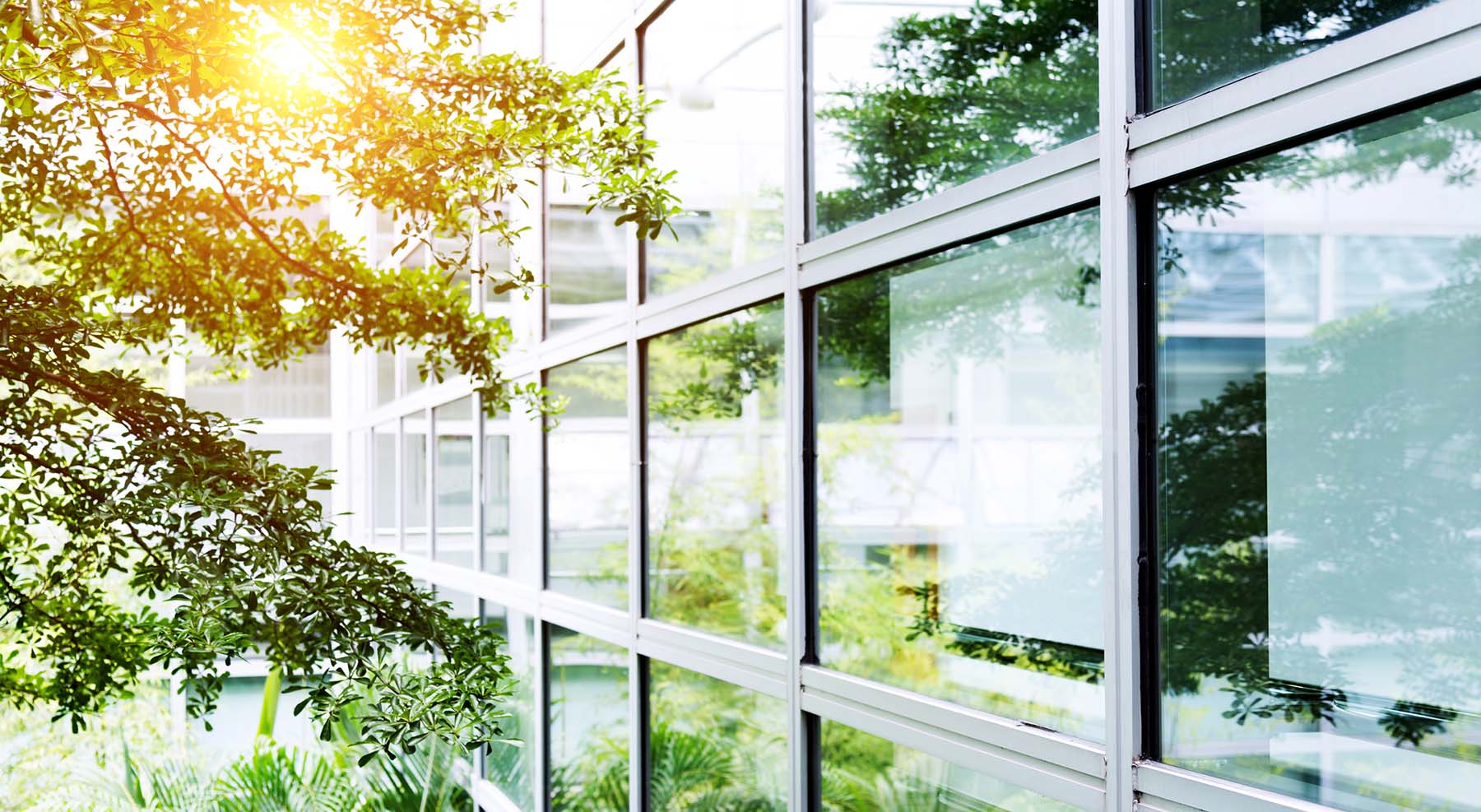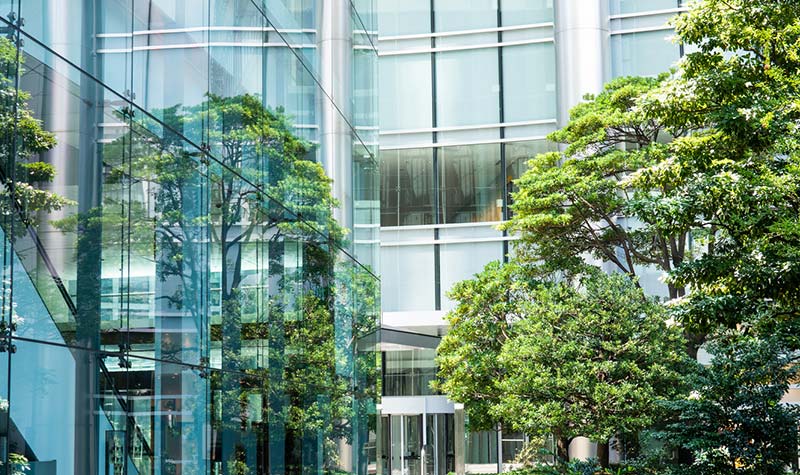FAQ
Frequently asked questions on green building
What is green architecture?
Green architecture, also called sustainable architecture, focuses on the impact of buildings such as greenhouse gas emissions, water consumption or waste. Green architecture is guided by the standards of sustainable design.
What purpose does green architecture serve?
Green architecture serves several purposes regarding sustainability. In addition to environmental aspects, such as energy and water consumption or the use of green building materials, general health aspects also play a major role. Green architecture should lead to liveable and sustainable communities. These consider the impact and well-being of all – including ecosystems.
How can you make a building sustainable?
The sustainability of a building depends on various factors – for example, whether it is a new building that is to be constructed in a sustainable and environmentally friendly manner or whether it is a modernization of existing building stock. In all cases, it is necessary to deal with the effects, ascertain the status quo through analyses, and derive goals and measures from this. green building certification proves its success afterwards.
No matter where you are at the moment: We are happy to support you in developing and implementing your green building sustainability concept.
What is LEED certification?
LEED certification is based on the so-called LEED rating system. It is the most used green building standard. Buildings that go through the LEED verification process receive a certain number of points. LEED Platinum and LEED Gold are the highest scores. The score represents the evaluation of the following aspects of a building: emissions, energy, water, waste, but also transportation, as well as health and environmental aspects of the interior spaces.
What is the main difference between BREEAM and LEED?
LEED originated in the US while BREEAM is from the UK. The majority of the two systems are similar, however, there are differences between the certification process and the requirements as well. One of the big differences between the two certification schemes is the approved standards: LEED requires compliance with US standards while BREEAM accepts local standards in many cases.
What kind of buildings can be certified with BREEAM?
BREEAM certification covers all stages of a building’s life cycle. BREEAM Communities applies to developments at the neighborhood scale or larger; New Construction for new-build domestic (international only) and non-domestic buildings; In-Use for existing non-domestic buildings in-use; while Refurbishment applies to non-domestic building fit-outs and refurbishments.
What topics are assessed in a BREEAM assessment?
In general, sustainability performance is measured based on precisely defined assessment criteria, which depend on the relevant BREEAM scheme. In the case of new construction, 9+1 categories are defined and all these categories contain issues and criteria.
How can I certify my asset with BREEAM International New Construction?
First of all, it is necessary to choose the BREEAM scheme that applies to the project. Then a BREEAM Assessor should be appointed, who registers the project with the relevant BREEAM scheme and conducts an assessment. The certification will be issued by BREEAM based on the performance of the asset.
What level of rating should I target with my building?
As the first step of green building consultancy, we offer a GAP analysis to our clients. As part of this, the asset is analyzed in reference to the requirements of the relevant certification scheme, the available rating is determined, and all the relevant tasks are pointed out to the project team to achieve this.





